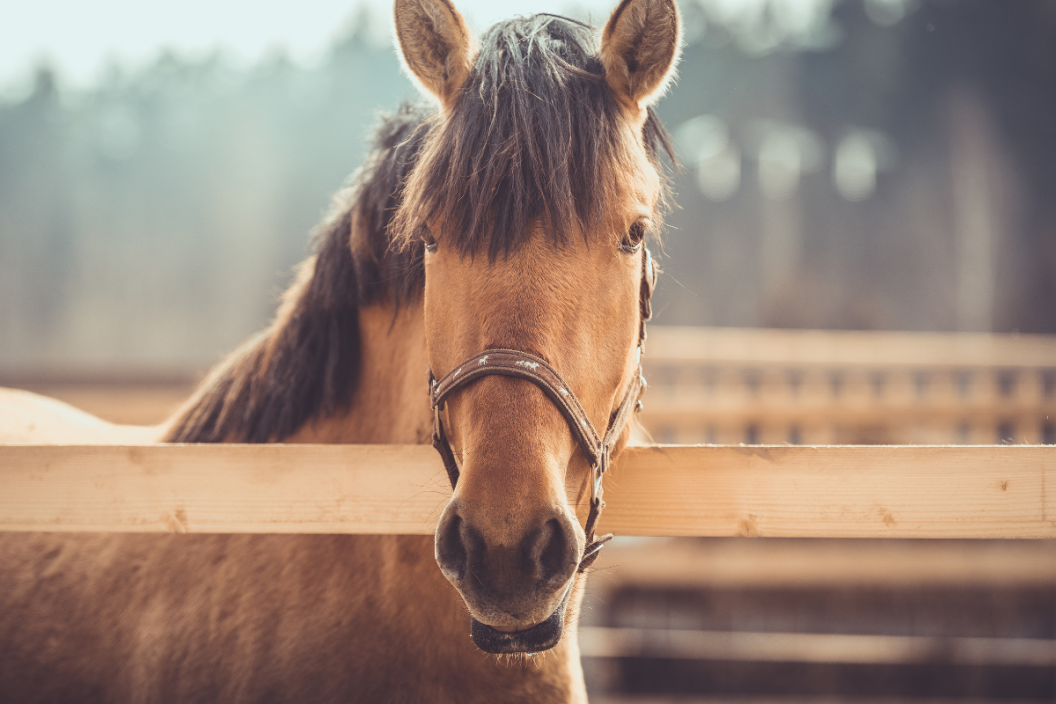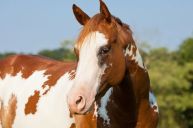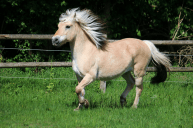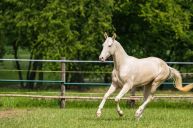What's the difference between a beautiful buckskin and a delightful dun?
Beautiful buckskin horses have cream bodies with black points (mane, tail, head, and legs), and their color is determined by genetics. This coloring is commonly seen in the American quarter horse, Andalusians, and the Tennessee walking horse, among others. On the other hand, dun is such an old coloring that a very similar allele is responsible for the pattern seen in zebras, wild donkeys, and other wild horses. The two colorings are so close that the American Buckskin Registry Association will accept registrations for not only buckskins but duns, red duns, grulla, and dunalino horses.
What Is a Buckskin Horse?
https://www.instagram.com/p/COQ-5KZng2K/
Buckskin color breed horses have cream bodies with black points (mane, tail, ears, and legs). This type of horse color is genetically determined and can be found in a variety of horses, including buckskin quarter horses. A buckskin horse has a bay base coat with a black or dark brown mane, tail, and lower legs, as well as the cream gene. A buckskin horse is a bay horse with one copy of the cream gene. The presence of the cream gene lightens the skin to a buckskin hue. Perlino horses are those that have two copies of the cream gene in the same bay horse.
If you look closely at a buckskin stallion or buckskin gelding, you will find that it resembles a bay horse, except that all areas, which are usually a dark red-brown color, have been diluted to tan. And that is precisely what a buckskin horse is: a bay horse with weak red pigmented areas, leaving the black areas the same as they would be on a bay.
What Is The "Cream Gene?"
The cream gene is responsible for this. When born, foals may have one or two copies of this cream gene. If they only have one copy, any red areas will be diluted, and any black areas will remain unchanged. Both the black and red pigmented areas are diluted if they have two copies. Cream is known as a 'dilution' gene or modifier because of this effect. It modifies the three base colors (black, bay, and chestnut) in horse breeds.
A black horse will not be affected by a single copy of cream because black horses are black all over, and black will not be diluted. A chestnut horse, on the other hand, is entirely red. Palomino is the product of a chestnut horse carrying a copy of cream. A palomino's mane and tail are paler than the body color precisely because the hair is longer in those regions, causing the existing pigment to be more spread out.
Horses carrying two copies of cream have their red and black pigments diluted. As a result, the coat is pale cream to almost white, with pink skin and blue eyes. There are three options with the three base colors: bay diluted to perlino (a golden buckskin), black to a sooty buckskin, and chestnut to cremello. These three colors are so similar in nature that it's impossible to tell them apart just by looking.
What Is a Dun Horse?
Although the words are often used interchangeably, buckskin and dun are not the same color. Genuine dun horses are not affected by the cream gene. A dorsal stripe distinguishes duns down their backs. Horses with the dun gene will be lighter in color, similar to a buckskin. All base coat colors, including black, are affected by the gene that causes the dun pattern. Grulla is dun on a black base, and red dun is dun on a chestnut base. It just so happens that bay duns resemble a buckskin, which is where the confusion stems from, both in seasoned equestrians as well as those who are just learning about horses.
Differences Between Dun Horses and Buckskin Horses
When people incorrectly refer to buckskin horses as 'dun,' they usually refer to a bay dun horse. Bay duns have a diluted coat color that resembles buckskin, with the same black points (such as a black mane/tail and legs), dark skin, and eyes. Though we sometimes refer to dun as a dilution gene or modifier, this is technically incorrect. This "dilute" of the dun gene is the original form of the gene, and it would have been present in all horses' ancestors.
Unlike the majority of buckskins, duns have several distinguishing characteristics. These characteristics include a darker 'dorsal' stripe that runs down their back and extends into the tail, as well as prominent leg barring. A striping across the shoulders and a darker 'mask' on the forehead are other features shared by some duns.
What Is a "Dunskin?"
To further complicate matters, horses may be both dun and cream at the same time. While not all potential combinations have catchy names, a buckskin that is also dun is referred to as a dunskin, and a palomino that is also dun is referred to as a dunalino. Dunalinos are a beautiful buttermilk.
Many horses who are not dun genetically have a dorsal stripe down their tails. These dorsal stripes vary from proper primitive markings in that they do not stretch through the tail and are not as crisp. Furthermore, while most horses that are not genetically dun will have a dorsal stripe, they may lack other primitive markings such as leg barring. A variant of the dun gene allows primitive marks to appear on an otherwise undiluted coat. Dunskin horses join buckskin, dapple, and paint horses as loved classics in the equestrian world.
Which is your favorite? Tell us more on the Wide Open Pets Facebook page!




